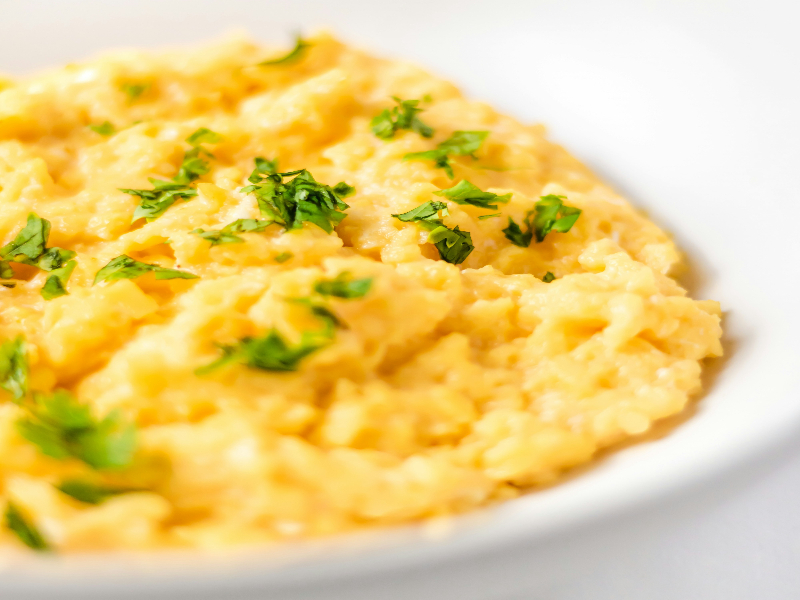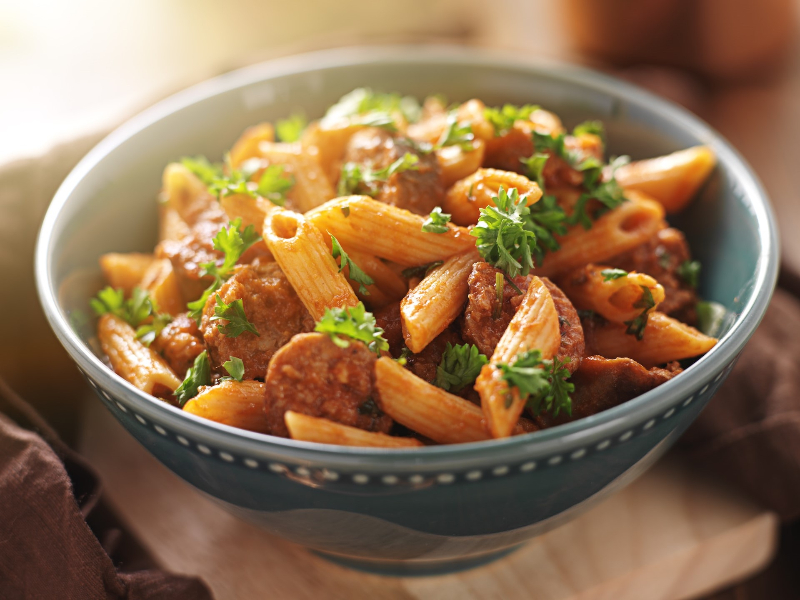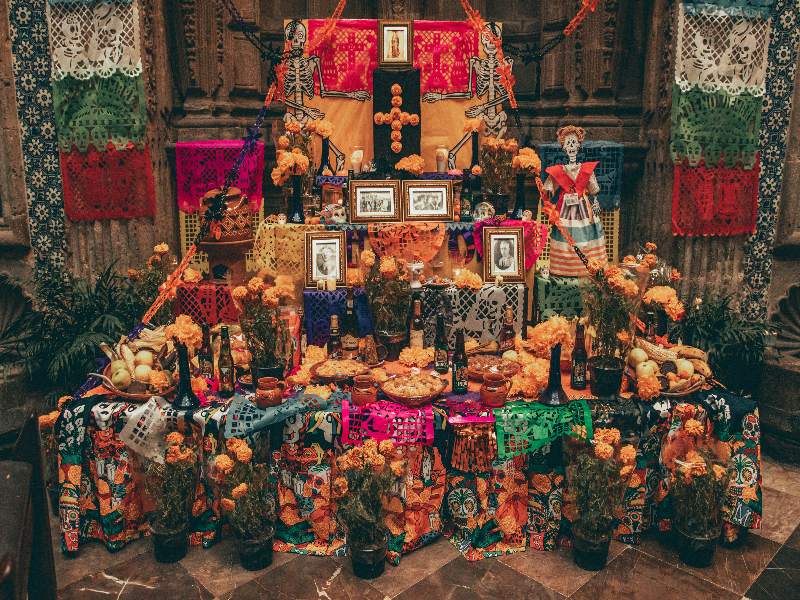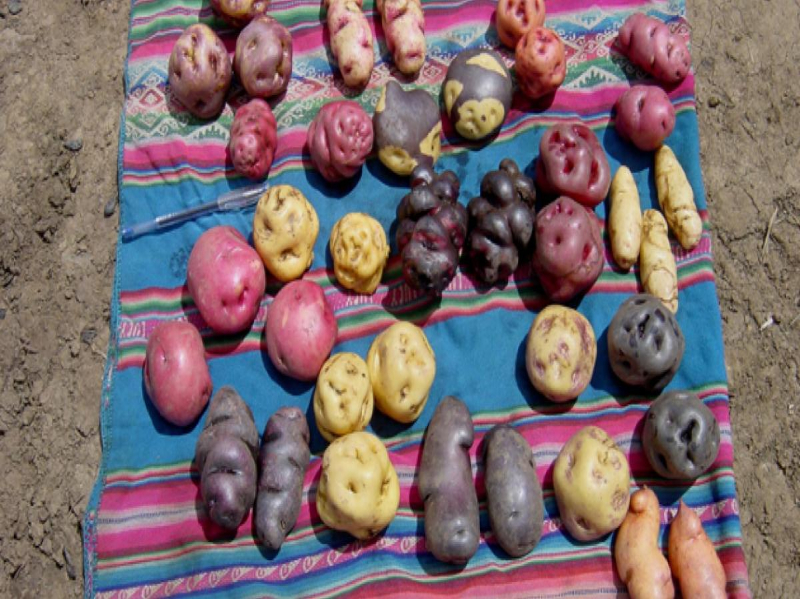
Potatoes & Peru
Eating at Bob Dobbs is always a retro food experience. Yesterday, it was a tuna melt but the real star is always the house made potato chips.
Crunchy, not greasy and with just the right amount of salt, it was nirvana. If I was going to be stranded on a desert island, I’d definitely need potato chips.
Have you ever given much thought to where potatoes come from? In case you’re stumped, it’s Peru.
Between 8000—5000 BC the tuber was domesticated in modern-day southern Peru and northwestern Bolivia. The earliest archaeologically verified remains are from a coastal site in Ancón (central Peru), dating to 2500 BC.
Peruvian food history begins with the Inca Empire and aromatic herbs, chili and salt flavoring seafood, duck, guinea pig, alpaca and llama meat. Dehydration, stewing and roasting were popular cooking techniques.
When Spanish conqueror Francisco Pizarro discovered Peru, new ingredients and cultural recipes were introduced with the arrival of wheat, oranges, apples, peaches, onions, coriander, sugar, dairy, beef and poultry. The Spanish discovered many of the almost 400 potato varieties and by about 1570 the vegetable arrived first in Spain and between 1583-1593 in the British Isles.
African food influence began when slaves were brought in as disease annihilated the Incan population. Peru’s 1821 independence decreed free entrance to foreigners and the food culture took on European, particularly Italian, Polynesian, Chinese and Japanese influences.
On May 19. take a deeper diver into Peru’s cuisine and cultural influences, as well make three amazing dishes with Cordon Bleu London-trained Chef Sybil Velarde – Choritos a la Chalaca (Mussels Callao Port Style), a classic Peruvian dish whose presentation varies from different regions along the coast. The dish combines mussels, red onion, tomatoes and corn with spices. Lomo Saltado (Stir-Fried Beef) is a favorite dish of every Peruvian household. Sirloin, potatoes, and a variety of spices are the stars. Its influence comes from Chinese immigrants who arrived in the 19th century to work in haciendas along the coast and on the railroads. Suspiro de Limeña (Lima Lady Sigh). A caramel like pudding topped with a Port wine meringue.
Wishing you joy in the kitchen,
Michele
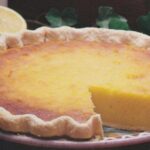
Berks County Potato Custard Pie – A Pennsylvania Dutch specialty
Yield: 1 9-inch pie
1 medium potato
2 tablespoons unsalted butter
¾ cup granulated sugar
⅛ teaspoon table salt
2 large eggs, separated
½ cup whole milk
½ large lemon, juice and zest
½ recipe Plain Pastry (see below)
1. Boil potato and mash. Add butter, sugar and salt; stir to creamy consistency. Cool and add beaten egg yolks, milk, lemon juice and zest. Mix well and fold into stiffly-beaten egg whites. Pour into 9-inch pie pan lined with pastry and bake in a 400°F oven about 25 minutes.
Plain Pastry
Yield: 2 crusts
2 cups all-purpose flour
¾ teaspoon table salt
⅔ cup shortening
4-6 tablespoons cold water
1. Sift flour and salt together and cut in shortening with 2 knives or a pastry blender, until consistency of coarse meal. Add water, using only a small amount at a time, until mixture will hold together. Can also be done in a food processor.
2. Divide dough in half. Wrap in plastic and chill 15-20 minutes. Roll out on a floured board to desired size. Line the pie pan.


